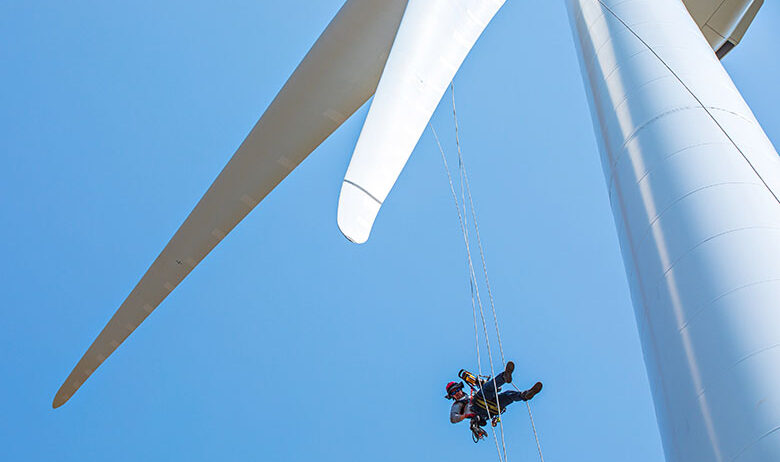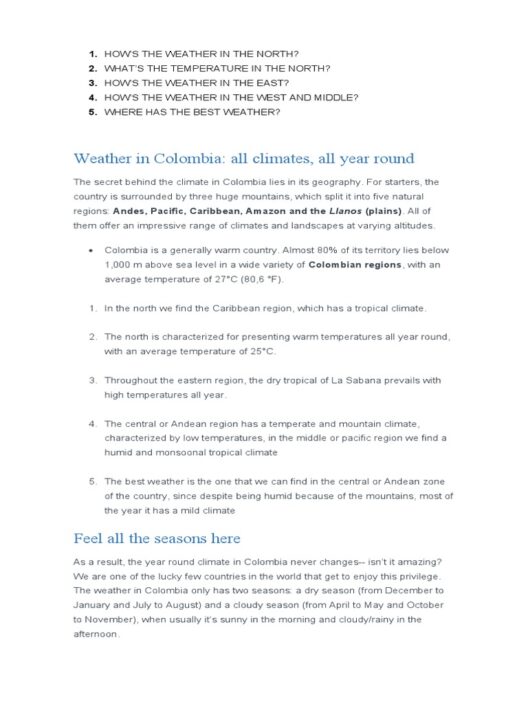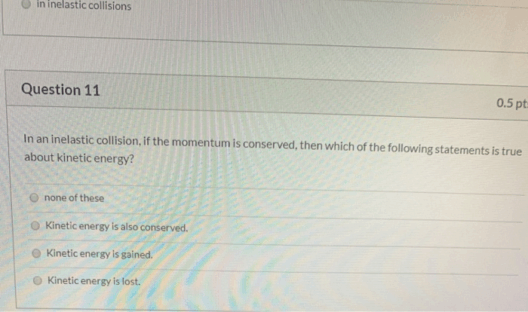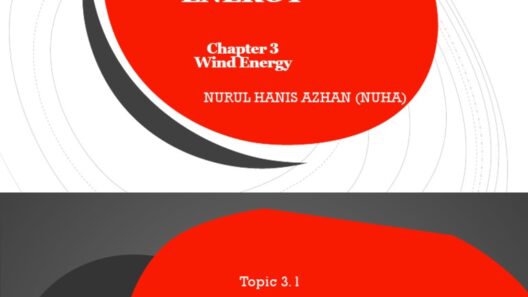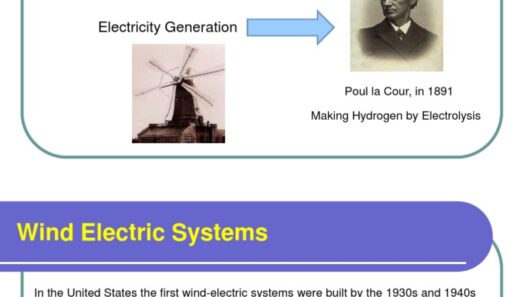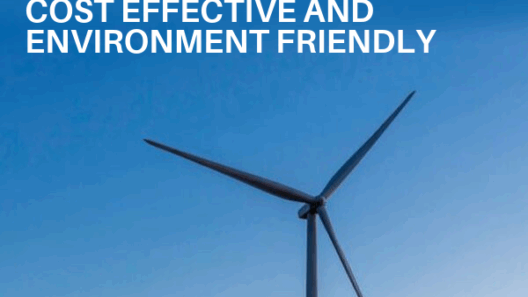Wind energy has emerged as a formidable player in the global pursuit of sustainable power generation. As the momentum shifts towards renewable energy, an increasing number of individuals are carving out careers within this burgeoning sector. Understanding how many people work in wind energy is not merely a statistic; it encapsulates the collective commitment to an eco-conscious future.
The growth of the wind energy workforce can be attributed to multiple factors, including advancements in technology, the global push for sustainability, and a myriad of government policies promoting cleaner energy sources. The wind energy sector has seen an exponential surge in employment opportunities, encompassing roles from engineering design to on-site maintenance, each contributing crucially to the functionality and expansion of wind farms. But just how large is this workforce, and what does this trajectory look like? Let’s delve deeper into the current landscape and future outlook.
A tapestry of diverse roles is woven into the fabric of the wind energy industry. The range of professions not only enhances the appeal of working in this field but also reflects the complexity and interdisciplinary nature of renewable energy solutions. Workers encompass a broad spectrum—from the engineers who innovate turbine design to the technicians who ensure that wind turbines operate at peak efficiency. Moreover, this assortment requires a variety of skill sets, making it accessible to individuals with different educational backgrounds, experience levels, and interests.
According to recent studies, the United States alone boasts over 130,000 employees in the wind energy sector, and this number is on a trajectory of robust growth. The demand for clean energy has triggered a recruitment spree that transcends mere job creation; it’s about forging careers that contribute to a sustainable future. Across global landscapes, the emphasis on wind energy as a pillar of economic development is becoming increasingly apparent, making the notion of a career in wind power not just viable but desirable.
Diving deeper into the specific roles within the wind workforce, we can categorize positions into primary sections: manufacturing, installation, operation, and maintenance, and policy and advocacy. Each category plays a pivotal role in ensuring that wind energy not only thrives but continues to expand its footprint.
Manufacturing positions involve the creation of turbine components, often utilizing cutting-edge technologies to enhance efficiency and sustainability. Engineers and skilled laborers in these roles are responsible for crafting everything from turbine blades to control systems, showcasing the intricate synergy required between innovation and production.
Installation crews are the hands-on workforce ensuring that turbines are strategically placed and fully operational. Their work is essential, as it translates designs and engineering plans into real-world settings. These teams often work in challenging environments, braving varying weather conditions and remote locations to construct wind farms across vast landscapes.
The operation and maintenance sector is critical to the longevity and efficiency of wind farms. Technicians engaged in routine inspections, repairs, and upgrades are paramount in maximizing output and minimizing downtime. With the increasing use of digital technologies, such as IoT and predictive analytics, the role of these professionals is evolving, merging traditional maintenance with sophisticated data analysis.
Policy and advocacy specialists are essential in navigating the regulatory landscape that governs wind energy deployment. Their expertise ensures compliance with both local and federal mandates, while also serving as the voice of the wind industry in broader discussions regarding renewable energy policies and incentives. Their work not only paves the way for growth but also fosters public awareness and support for wind energy initiatives.
The future of the wind energy workforce looks promising as global investments in renewable sources continue to escalate. As more nations commit to ambitious carbon neutrality goals, the necessity for skilled labor in wind power will only intensify. Academic institutions and vocational training programs are beginning to adapt curricula to align with industry demands, ensuring that the next generation is well-prepared to fill these roles.
Moreover, the potential for job growth is staggering. Projections indicate that the wind energy sector could require over 500,000 workers in the coming decade—even without considering the auxiliary industries related to wind energy. This could be a pivotal opportunity in transforming not just the energy sector, but also in providing stable, long-term employment opportunities for communities worldwide, often in regions that may have historically relied on fossil fuels.
However, challenges remain. Despite the optimistic outlook, there are significant barriers to overcome regarding workforce training and diversity. Engaging underrepresented groups in the wind energy sector is crucial for fostering an inclusive environment that reflects the demographics of the communities we serve. Ensuring that women, people of color, and other marginalized groups are actively recruited and trained is not merely a matter of equity; it is essential for the sector’s innovation and sustainability.
In summation, the wind energy workforce is expanding rapidly, marked by diverse opportunities that fuel both economic growth and ecological sustainability. This workforce embodies a transition towards a greener future, pushing the boundaries of technology while fostering rich career paths for a multitude of individuals. As the industry continues to evolve, so too will the need for skilled workers dedicated to harnessing the power of one of nature’s most abundant resources—wind. Ultimately, the future of energy lies not just in the turbines that dot our landscapes but in the passionate individuals who bring them to life.


